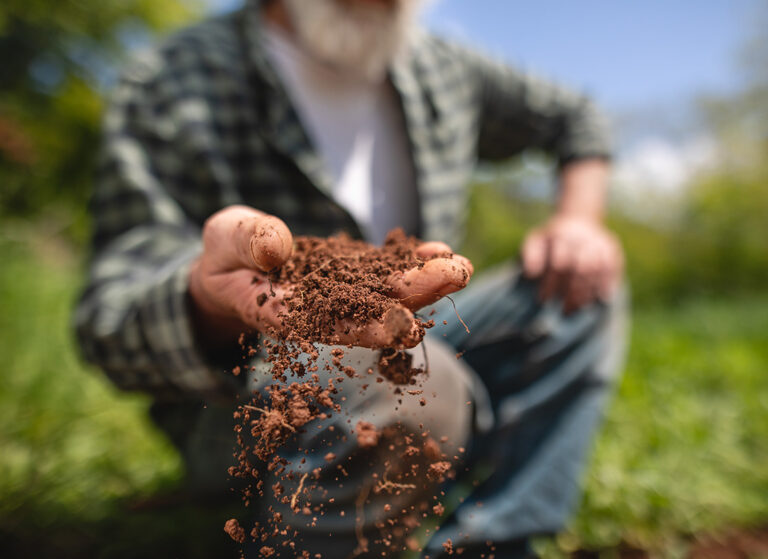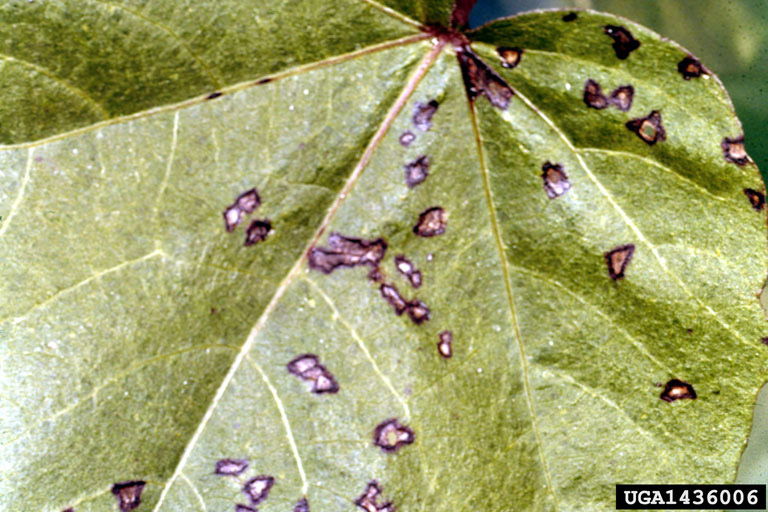
cotton
World production has been increasing rapidly since 2000, encouraged by the appearance of disease-resistant varieties. While China, India and the United States are the three largest producers, Mali and Burkina Faso are the largest producers in Africa. The share of biotech cottons is spreading to occupy more than 25% of the cultivated areas.
Cotton is grown on light, shallow soils with low water and nutrient holding capacity.
EV accompanies you in the main challenges you may have to face: the decrease of soil fertility, the quality of inputs offering a real alternative to conventional solutions, global warming and the fluctuation of pests.
EV solutions at different BBCH stages
Our Advices

Soil preparation for planting
Cotton is often grown on light and superficial soils when it would require homogeneous, deep, permeable and mineral-rich soils. Therefore, It is necessary to enrich it with an organic fertilizer (compost or manure) before planting.
During planting, amend the soil with rock phosphate (40% CaO and 30% P2O5) on 9% of the surfaces.

Optimizing fertilization during budding and flowering
During budding and flowering, it is essential that the plant has enough mineral elements (pellets). The use of cover fertilizer is recommended.
NPK 14-18-18-6-1 – 150 à 200 kg/ Ha at sowing or 15 days after planting
Urea 46% – 50 kg/ Ha to be ploughed in, as soon as the first flowers appear (30 to 40 JAS).

Maximising harvests
Cotton is a crop that can suffer from deficiencies in sulfur, zinc and boron. It is also sensitive to excess water, drought, nitrogen, potash or phosphorus.
In order to optimize the exchanges between the soil and the plant, the use of Ovalis, a biostimulant based on pseudomonas putida, will allow plant input regulation and thus promote its proper development.
Insects and diseases

Cotton is more sensitive to insects than to diseases.
Cotton is more sensitive to insects than to diseases. It is particularly attacked by lepidopteron of which the most frequent is this one in particular.
EV offers a natural solution, Helitec SC, a targeted bio-insecticide that leaves no residue and allows harvesting immediately after treatment.

Acting against phloem-feeding insects, such as aphids, EV offers adapted solutions ...
Acting against phloem-feeding insects, such as aphids (Aphis gossypii and others), EV offers adapted solutions such as RAPAX.
Treatment should be started as soon as the first flower buds appear and then every 15 days.

It is possible to use biological means to fight effectively and naturally against weeds...
It is possible to use biological means to fight effectively and naturally against weeds, such as mycoherbicides, rhizobacteria and phytophagous auxiliaries, or allelopathy and natural substances.
The effects are measured according to the crop location.

Disease is not a major problem for organic cotton production...
Disease is not a major problem for organic cotton production.
Rhizoctonia, Pythium, Bacteriosis, Ramulosis, viral diseases (mosaic, blue disease...) and vascular diseases (fusariosis) have been identified. Control consists mainly of using resistant varieties, crop rotation and other prophylactic measures.
Our Products
Testimonials
Beleco ZPA
Our area manager visits the test plot and demonstrates the effectiveness of Fertinova organic fertilizers.
Koutiala
Cotton farmer Ba Koné explains the benefits of using Fertinova organic fertilizer on his crops.
Our latest news
JOIN OUR COMMUNITY
And receive our news every quarter. Innovations, seasonal products, crop advice and commercial animations for an efficient and sustainable agriculture.
Your email is only used to send you our newsletters. You can use the unsubscribe link in each email at any time. To learn more about the management of your data and your rights, you can consult our Privacy Policy
- Offer farmers high-performance and accessible biosolutions
- Contribute to the development of sustainable agriculture and the ecological transition
- Generate a positive environmental and societal impact
Your email is only used to send you our newsletters. You can use the unsubscribe link in each email at any time. To learn more about how we manage your data and your rights, you can read our Privacy policy.









